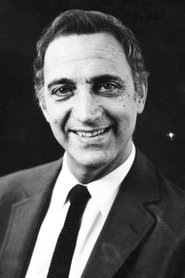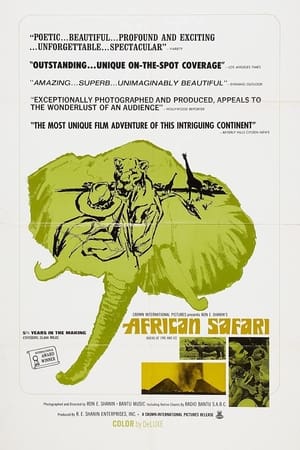

Nuestros safaris(1969)
Argentinian short film which shows local fauna and hunting.
Movie: Nuestros safaris
Top 4 Billed Cast

Nuestros safaris
HomePage
Overview
Argentinian short film which shows local fauna and hunting.
Release Date
1969-01-01
Average
0
Rating:
0.0 startsTagline
Genres
Languages:
EspañolKeywords
Similar Movies
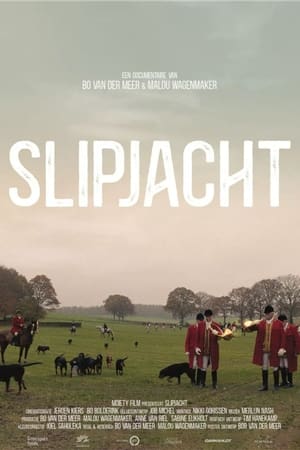 0.0
0.0Slipjacht(nl)
A dive into the world of a theatrical tradition with riders in classical costumes, hunting horns and bloodhounds. The drag hunt is a hunt without guns, where you do not hunt an animal, but a piece of cloth. It seems to be something of this time, but drag hunting is still under pressure. Can this age-old tradition survive in modern society? How do the riders view this spectacle full of etiquette?
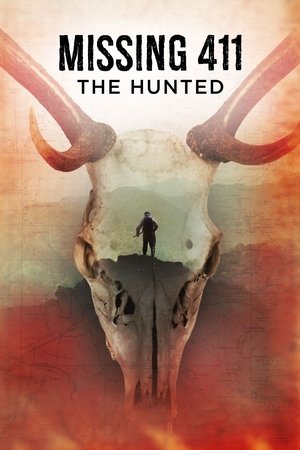 6.8
6.8Missing 411: The Hunted(en)
Hunters have disappeared from wildlands without a trace for hundreds of years. David Paulides presents the haunting true stories of hunters experiencing the unexplainable in the woods of North America.
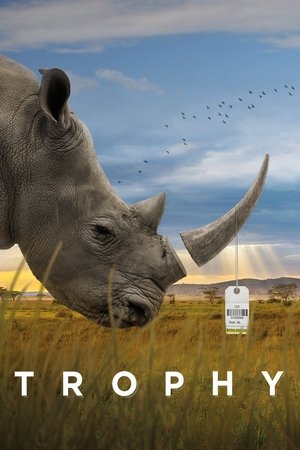 7.0
7.0Trophy(en)
This in-depth look into the powerhouse industries of big-game hunting, breeding and wildlife conservation in the U.S. and Africa unravels the complex consequences of treating animals as commodities.
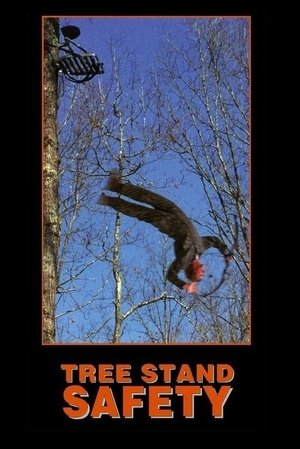 0.0
0.0Tree Stand Safety(en)
An in-depth review of tree stand safety from hunting expert L.J. Smith.
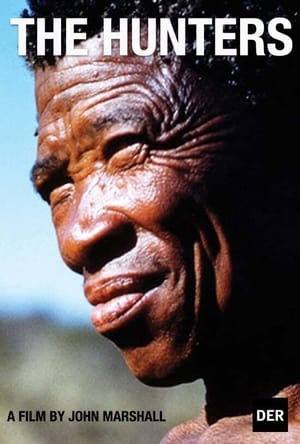 6.1
6.1The Hunters(en)
An ethnographic film that documents the efforts of four !Kung men (also known as Ju/'hoansi or Bushmen) to hunt a giraffe in the Kalahari Desert of Namibia. The footage was shot by John Marshall during a Smithsonian-Harvard Peabody sponsored expedition in 1952–53. In addition to the giraffe hunt, the film shows other aspects of !Kung life at that time, including family relationships, socializing and storytelling, and the hard work of gathering plant foods and hunting for small game.
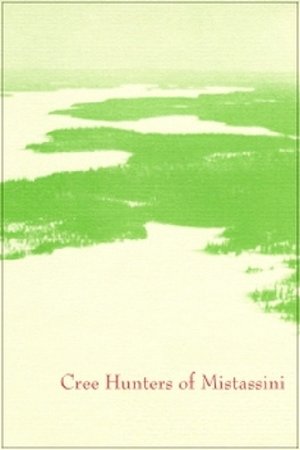 7.0
7.0Cree Hunters of Mistassini(en)
An NFB crew filmed a group of three families, Cree hunters from Mistassini. Since times predating agriculture, this First Nations people have gone to the bush of the James Bay and Ungava Bay area to hunt. We see the building of the winter camp, the hunting and the rhythms of Cree family life.
 0.0
0.0The Last Wilderness(en)
Archery expert Howard Hill and a cameraman go to Wyoming to film this wild-animal three-reel short. Besides the scenery, the scenes include a buffalo killed by an arrow shot by Hill (for food); a wildcat and a coyote in a battle, and a fight-to-the-death between a mother bear protecting her cubs against a killer male bear.
 7.8
7.8The Way Back(en)
The Year of Return is an initiative of the government of Ghana that is intended to encourage African diasporans to come to Africa to settle and invest in the continent. This film documents one diasporan family as they return to Africa.
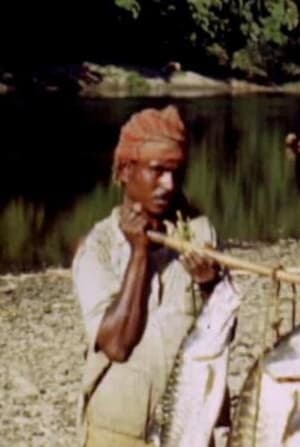 0.0
0.0Old Barak(en)
Amateur film of fishing and geese-shooting trips by a British party in India.
Sport and Entertainment in Batavia(en)
Duck archery is not the same as duck hunting. This is a Pordenone moment I will never forget – in actuality short Distraction et Sport à Batavia (1909), the residents of what is now call Jakarta make the most of their leisure time by pursuing a variety of mostly healthy exploits. But really, I can see no justification, nor explanation for why a round of archery needs to be enlivened by affixing live poultry to the target. As my good man Peter tweeted at the time: “One right in the neck, yeesh.” Sensitive viewers should be aware that animal cruelty abounds in silent cinema – the most notable, and egregious, example is Edison’s notorious Electrocuting an Elephant. The most poignant fictional example is perhaps the poor horse in Eisenstein’s October. (from http://silentlondon.co.uk/2015/01/23/10-disgusting-moments-in-silent-cinema/)
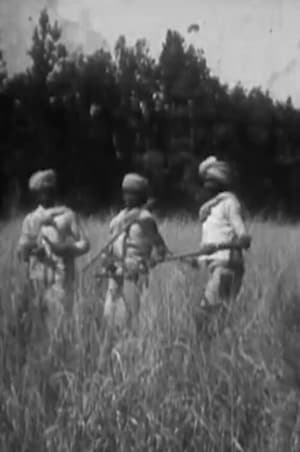 0.0
0.0Duke of Connaught's Indian Tour(en)
The Duke rides an elephant as he ventures on safari in Bengal.
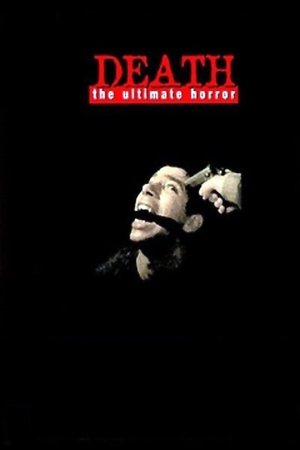 6.3
6.3Death: The Ultimate Horror(en)
This grisly documentary presents horrifying journalistic footage of suicides, assassinations, bombings, mob hits, decapitations, and more in bloody detail. Not for the faint of heart.
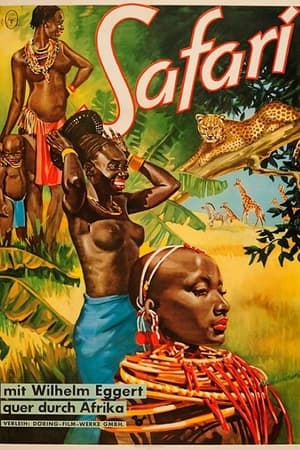 0.0
0.0Safari(de)
Between 1933 and 1935, the painter Wilhelm Eggert and his wife Dora Kuster traveled the African continent. Their expedition took them from Mediterranean Algiers through the Sahara and parts of the African west coast to the Congo and Kenya. Not only did the couple explore vast stretches of land that were almost completely unknown, at least to private travelers at the time, they also captured this journey on film. A screenable documentary film was compiled from the original 12,000m of film material. In cinemas and film clubs, European audiences were presented with a film that was evidently able to satisfy an interest in foreign, 'wild' cultures and exotic landscapes, albeit one that was always Eurocentric. The spectacular shots of African lifestyles and nature, which in many respects were new to European viewers who were almost completely unfamiliar with Africa, were praised and appreciated precisely because of their supposed authenticity.
Across the World with Mr. and Mrs. Johnson(en)
As if they were showing their film to a few friends in their home, the Johnsons describe their trip across the world, which begins in the South Pacific islands of Hawaii, Samoa, Australia, the Solomons (where they seek and find cannibals), and New Hebrides. Thence on to Africa via the Indian Ocean, Suez Canal, North Africa, and the Nile River to lion country in Tanganyika. (They are briefly joined in Khartum by George Eastman and Dr. Al Kayser.) Taking a safari in the Congo, the Johnsons see animals and pygmies, and travel back to Uganda, British East Africa, and Kenya.
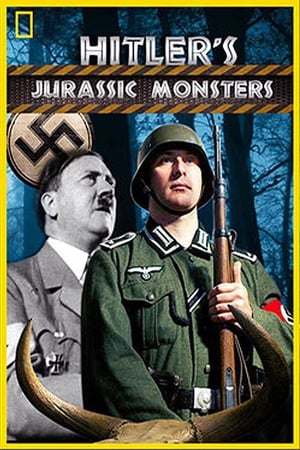 4.8
4.8Hitler's Jurassic Monsters(en)
This is the untold story of a Nazi vision, that went far beyond the military conquest of European countries. As part of their crazed dream to create a thousand-year Reich they developed detailed blueprints for Aryan settlements and vast hunting parks for ‘Aryan’ animals. Goering and Himmler employed Germany’s best scientists to launch a hugely ambitious programme of genetic manipulation to change the course of nature itself, both in the wild and for domestic use. In a fascinating blend of politics and biology, Hitler's Jurassic Monsters is the true and asthonishing story of how the Nazis tried to take control of nature and change the course of evolution.
Gunpoint(en)
Semi-documentary exposé of scandalous hunting practices in the Sologne, a wooded area south of Orléans where he shared a house at the time. The film, part tribute to Jean Renoir's The Rules of the Game (1939) and its celebrated hunting scene, is notable for its cinematography by Polish director Walerian Borowczyk.
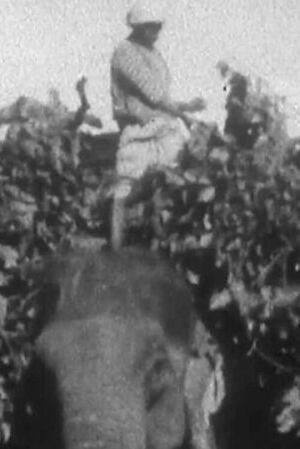 0.0
0.0Indian Elephants in the Service of Man(en)
Indian elephants in action as working animals and in hunting.
